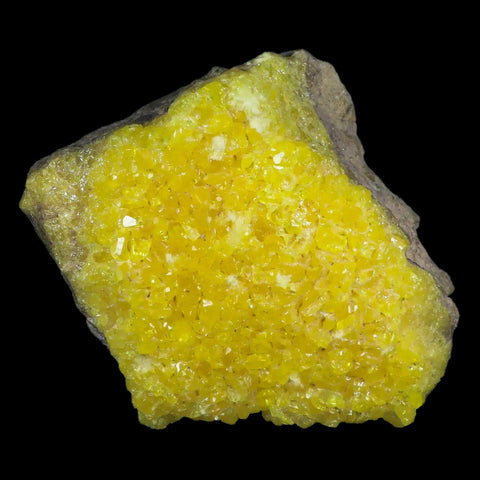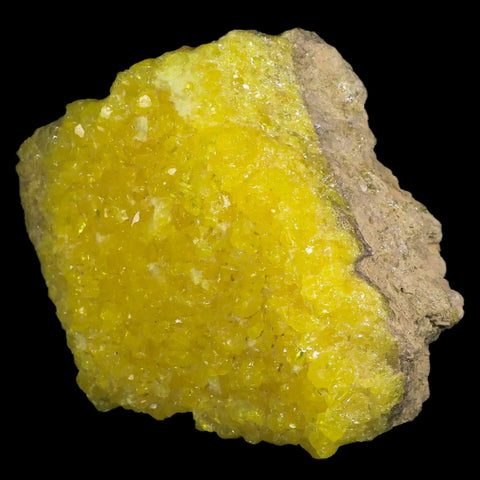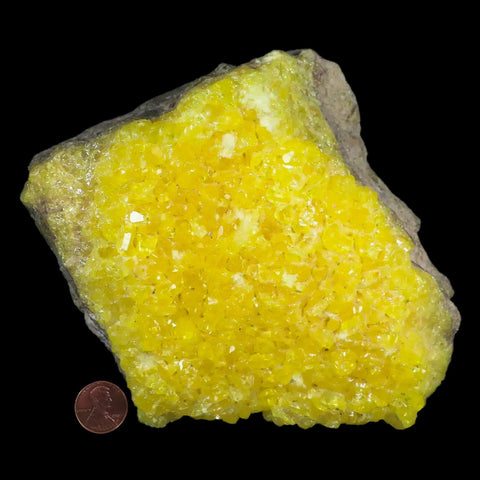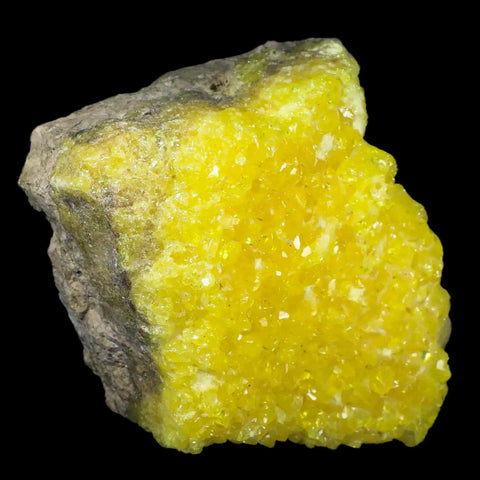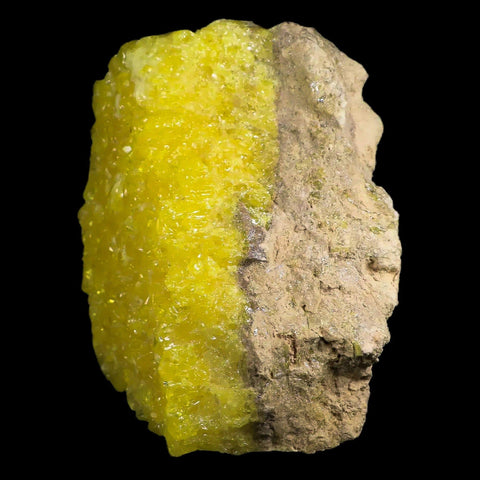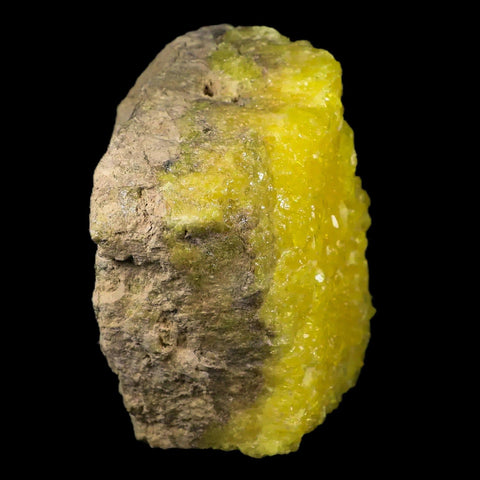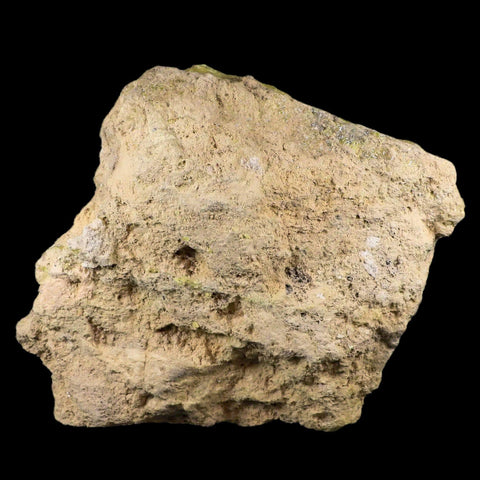5.6" Rough Bright Yellow Sulfur Crystal Cluster On Matrix El Desierto Mine Bolivia
Location: El Desierto Mine, Payun Matru Volcano, Matlargue, Mandoza, Bolivia
Weight: 3 Pounds 4.7 Ounces
Dimensions: 5.6 Inches Long, 4.9 Inches Wide, 3.2 Inches Thick
The item pictured is the one you will receive.
Sulfur, often spelled “sulphur” in some regions, is a chemical element with the symbol S and atomic number 16. Abundant in nature, sulfur occurs in several forms, including pure elemental sulfur, sulfide minerals, sulfate minerals, and organic compounds. At room temperature, sulfur appears as a bright yellow solid with a characteristic odor often compared to rotten eggs. Its unique chemical and physical properties have made it an essential raw material in industries such as fertilizers, chemicals, sulfuric acid, and explosives.
In Louisiana, sulfur has been historically significant due to its unique geological formation and economic value. The state’s sulfur deposits are primarily associated with the caprock of salt domes, a geological feature common in the Gulf Coast region. These deposits formed through a process called bacterial sulfate reduction, where anhydrite (calcium sulfate) in the caprock is reduced by bacteria using hydrocarbons as an energy source. This process produces hydrogen sulfide, which reacts with oxygenated groundwater to create elemental sulfur. This biogenic formation differentiates Louisiana’s sulfur from deposits formed by volcanic activity or other geological processes.
Early sulfur mining in Louisiana was challenging due to unconsolidated sediments and quicksand. The breakthrough came with the Frasch process, developed by Herman Frasch, which used superheated water to melt sulfur and compressed air to pump the molten sulfur to the surface. This method made extraction economically viable and positioned Louisiana as a major global producer of sulfur for several decades.
The high-purity sulfur mined in Louisiana, often referred to as brimstone, became a critical industrial commodity. While direct mining has declined due to economic factors and the availability of sulfur as a byproduct of natural gas processing, Louisiana’s sulfur deposits remain an important part of the state’s industrial heritage and geological history.


